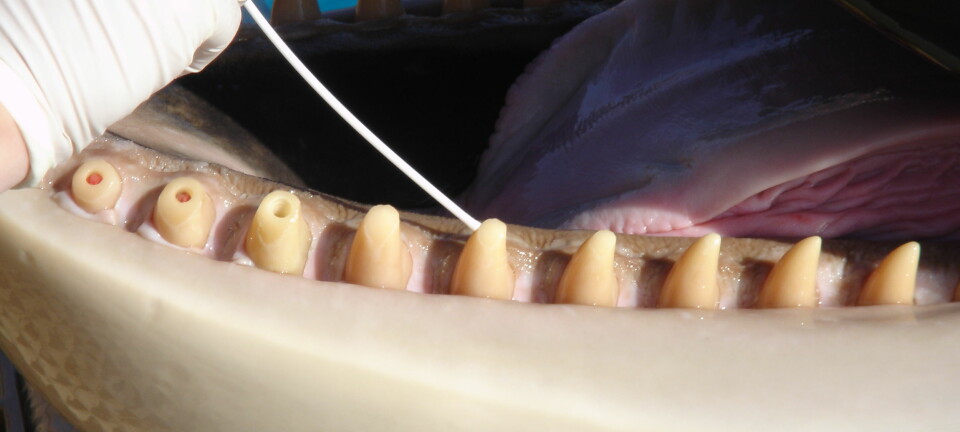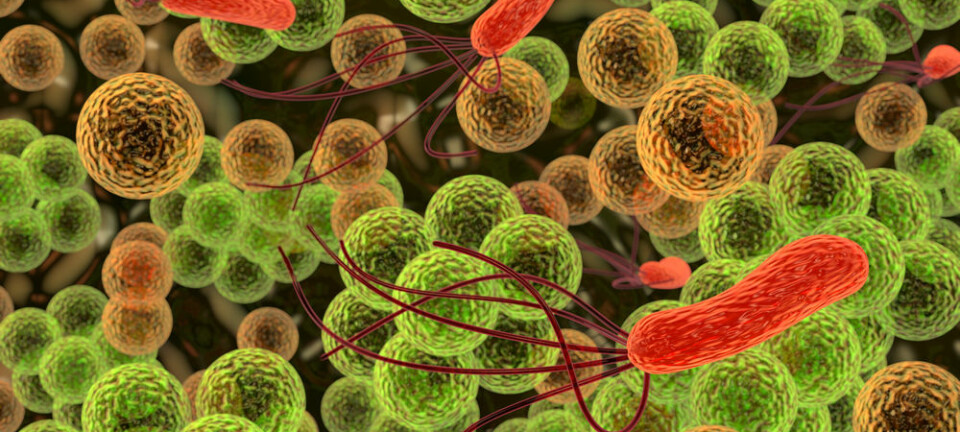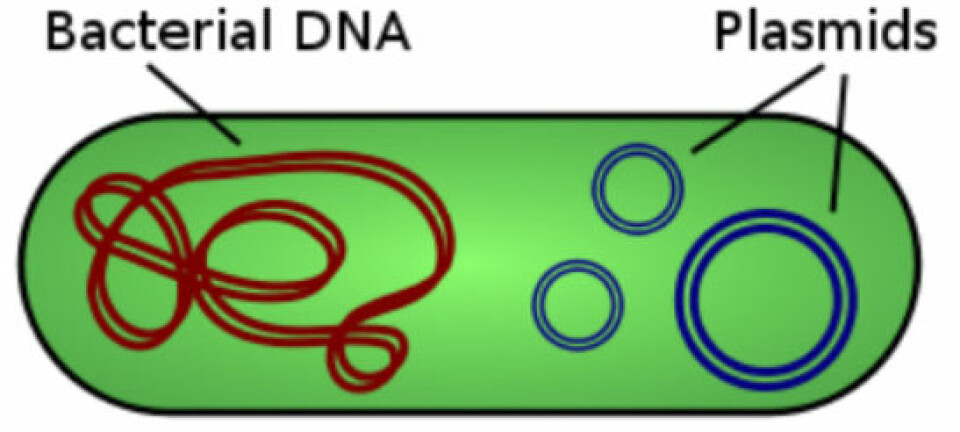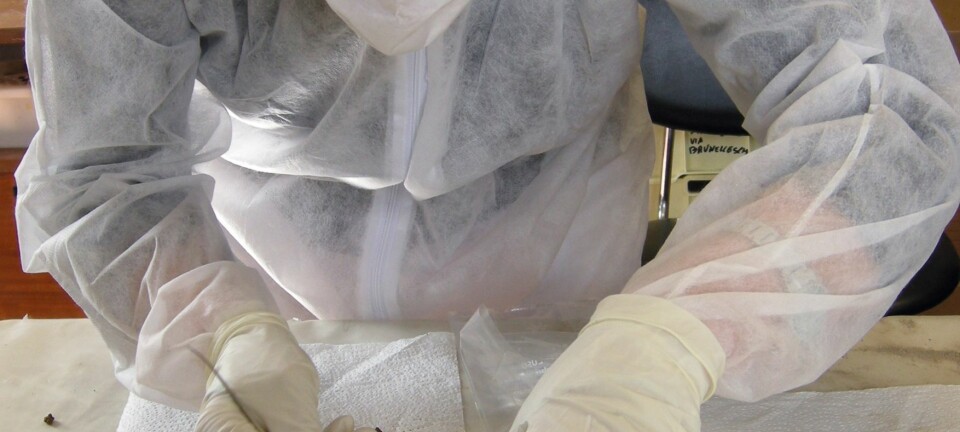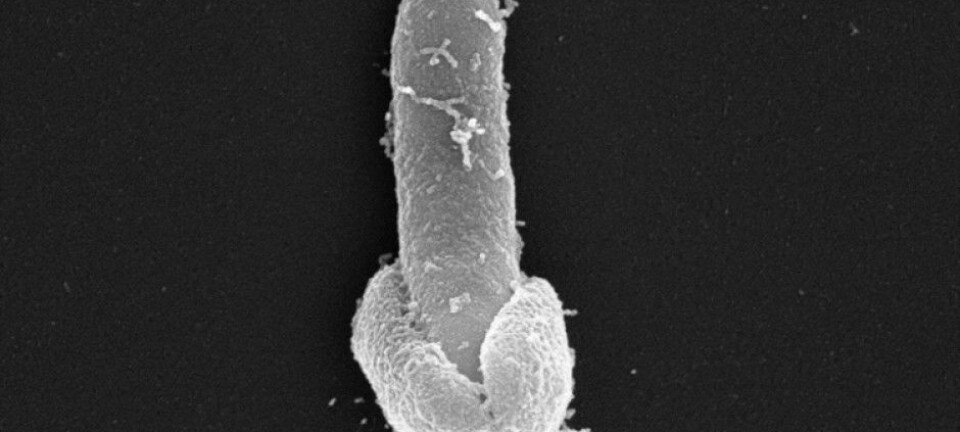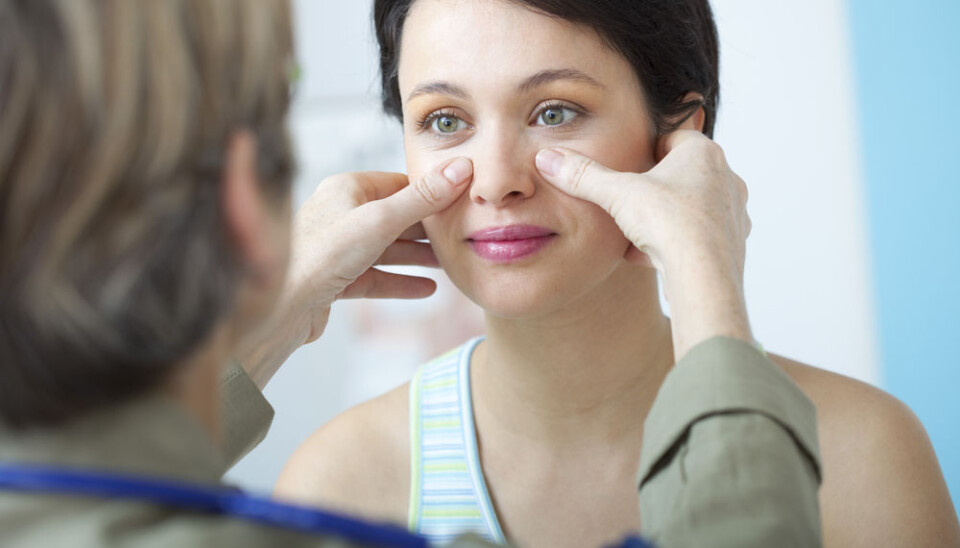
Nose bacteria can reduce risk of hospital infections
Changing the bacterial composition in your nose could combat MRSA and help to avoid infections during surgery.
Inside your nose and sinuses live millions of bacteria and new research shows that every human being has one of seven different types of bacterial communities growing there.
One such community consists mainly of potentially harmful bacteria -- staphylococcus. This is what scientists want to change.
Between 20 and 50 per cent of all people have staphylococci bacteria growing in their nose, and while the bacteria do not do any immediate damage, they could find their way into a surgical wound. This can lead to serious infections and blood poisoning, says Paal Skytt Andersen, section manager of the Department of Microbiology and Infection Control at the SSI (Statens Serum Institut) under the Danish Ministry of Health.
"Therefore we would like to find out how we can alter the composition of bacteria in the nose to control staphylococcus and other harmful bacteria," says Andersen.
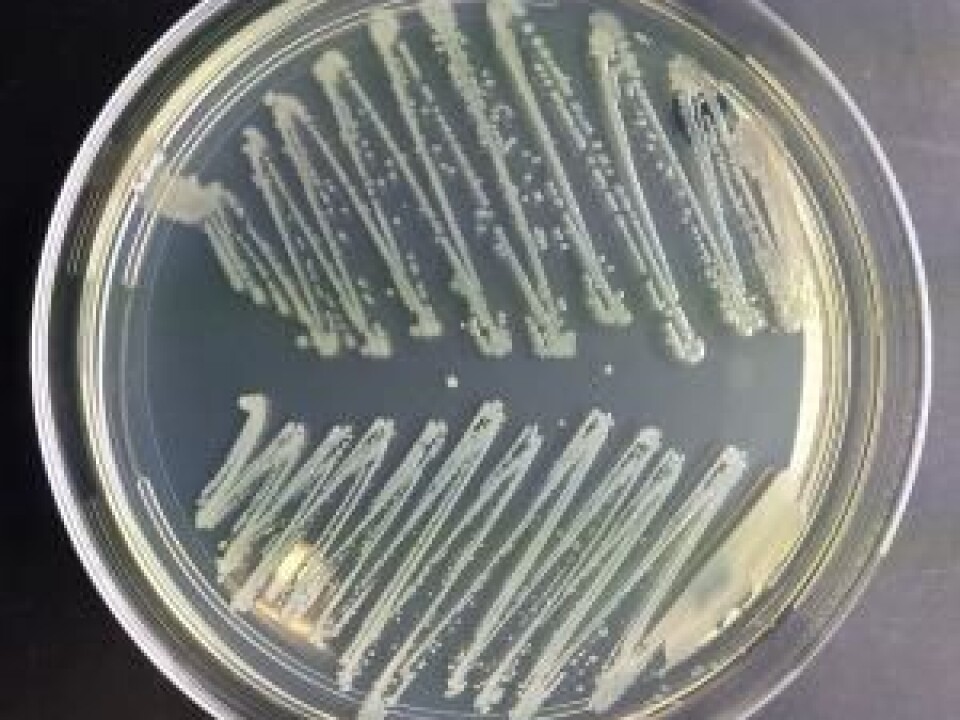
The new study has just been published in the scientific journal Science Advances.
Colleague says this is a key study
Professor Oluf Borbye Pedersen is head of research at the Novo Nordisk Foundation Centre for Basic Metabolic Research at The University of Copenhagen. He studies the bacteria that live in symbiosis with humans.
Pedersen was not involved in the new study, but he has read it and believes it to be important, as it suggests that the amount of staphylococci are regulated by other bacteria in the nose.
According to Pedersen, this could help minimize the risk posed by staphylococci bacteria -- the main cause of hospital infections. In Denmark with 5.5 million inhabitants this amounts to about 100,000 infections each year, and they can in the worst case scenario, lead to abscesses, blood poisoning, and destruction of heart valves and bones.
"This study suggests that in the future we may outmanoeuvre these potentially harmful nasal bacteria, aided by the more beneficial bacteria. If successful, we can potentially prevent infections in people with weakened immune systems," says Pedersen.
Scientists examined twins’ noses
Scientists wanted to find out whether the composition of bacteria in the nose is determined by the environment or by genetics.
To investigate this, they studied the bacterial composition among twins from the Danish Twin Registry.
If twins had identical bacterial communities in their noses, then the composition may be determined by genetics.
Their results show that composition of nasal bacteria is virtually the same, and so it must be down to the environment. This opens up some possibilities to change the bacterial composition.
They saw that when certain bacteria flourished, staphylococci did not. These included such bacteria as propioni-bacterium granulosum and the lactic acid bacteria, Dolosigranulum.
"This suggests that these bacteria are able to outperform staphylococci. Perhaps we can use this to change the composition of nasal bacteria in people susceptible to staphylococci bacteria," says Andersen.
Changing nose bacteria to prevent MRSA
Nasal sprays of beneficial bacteria could be given to patients before surgery, or in place of antibiotics to treat the so-called hospital superbug, MRSA (Methicillin-resistant Staphylococcus Areus).
Previous studies have also shown that people with staphylococci in their nose have a greater predisposition to asthma, eczema, and psoriasis.
"There may be several reasons for changing the composition of nasal bacteria. We are only just scratching the surface," says Andersen.
Needs further research
Although the new study shines light on the factors that control nasal bacterial, there is still much that scientists have yet to discover.
Among other things, they still do not know what purpose the bacteria serves and how they interact with people.
They know a lot more about gut microbes, for example.
According to Andersen, future research should also look at whether the individual bacterial composition makes people predisposed to certain diseases or are actually beneficial for health.
At the same time, the scientists want to find out how they can control the growth of different types of nasal bacteria.
"In some contexts, we may be able to use beneficial bacteria to suppress harmful bacteria instead of using antibiotics," says Andersen.
------------------
Read the Danish version of this article on Videnskab.dk
Translated by: Catherine Jex
